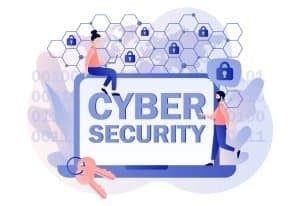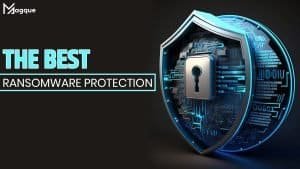Unveiling the Power of Zero Trust Security Models for Organizations
Hey there, cybersecurity enthusiasts! If you’ve been keeping up with the latest trends in online security, you’ve probably heard about zero-trust security models. But what exactly are they, and why are they gaining so much attention? Let’s dive into the world of zero-trust security and see how it’s revolutionizing the way organizations protect themselves from cyber threats.
What Exactly is Zero Trust Security?
Imagine a fortress surrounded by layers of defences—moats, walls, and guards standing watch at every entrance. Now, imagine applying that same level of scrutiny to every digital interaction within your organization. That’s the essence of zero-trust security—a mindset that challenges the traditional notion of trust and verifies every user and device, regardless of their location or network.
Shifting the Paradigm: Trust No One, Verify Everything
In the world of zero trust, trust is no longer assumed based on a user’s location or network credentials. Instead, every access request is treated as a potential threat and subjected to rigorous scrutiny. By adopting a zero-trust mindset, organizations can minimize the risk of insider threats, external attacks, and data breaches while maintaining a seamless user experience.
The Core Principles of Zero Trust Security
At its core, zero-trust security is built on three fundamental principles: verifying identity, enforcing least privilege access, and assuming breach. Let’s break down each principle and see how it contributes to a more secure organizational environment.
Verify Identity: Who Are You?
The first principle of zero trust security is to verify the identity of every user and device attempting to access your organization’s resources. Whether through multi-factor authentication, biometric verification, or other identity verification methods, ensuring that only authorized users gain access is the first defence against cyber threats.
Enforce Least Privilege Access: Only What You Need, When You Need It
The second principle of zero trust security is enforcing the least privilege access principle. This means granting users only the minimum level of access necessary to perform their job functions – no more, no less. Organizations can reduce the risk of data leaks and unauthorized access by limiting access to sensitive data and resources.
Assume Breach: Expect the Unexpected
The third principle of zero trust security is the most important: assume breach. In other words, instead of waiting for an attack, organizations should operate under the assumption that their network has already been compromised. By continuously monitoring for suspicious activity and anomalies, organizations can detect and respond to threats before they escalate into full-blown breaches.
Implementing Zero Trust Security in Your Organization
Now that we’ve covered the basics of zero trust security, you might wonder how to implement it in your organization. Well, fear not – the journey to zero trust begins with a single step. Start by thoroughly auditing your organization’s existing security measures, identify potential vulnerabilities, and develop a roadmap for implementing zero trust principles across your network.
Partnering with Experts: Navigating the Zero Trust Landscape
Of course, navigating the complex world of zero trust security can be daunting, especially for organizations with limited resources and expertise. That’s where partnering with experienced cybersecurity professionals can make all the difference. By leveraging the knowledge and expertise of seasoned security professionals, organizations can fast-track their journey to zero trust and ensure that their digital assets remain safe and secure.
Embracing the Future of Cybersecurity
One thing is clear as we journey into the digital age: traditional security models are no longer enough to protect organizations from the ever-evolving threat landscape. With zero trust security, organizations can adopt a proactive, layered approach to cybersecurity that minimizes risk and maximizes protection. So, whether you’re a small startup or a global enterprise, now is the time to embrace the power of zero trust and secure your organization’s future in the digital world.
So, dear readers of Magque, as you embark on your journey into the world of zero-trust security, remember this: trust no one, verify everything, and always assume a breach. By adopting a zero-trust mindset, you can build a fortress around your organization’s digital assets and ensure that your data remains safe and secure in an increasingly connected world.
Read Also:














